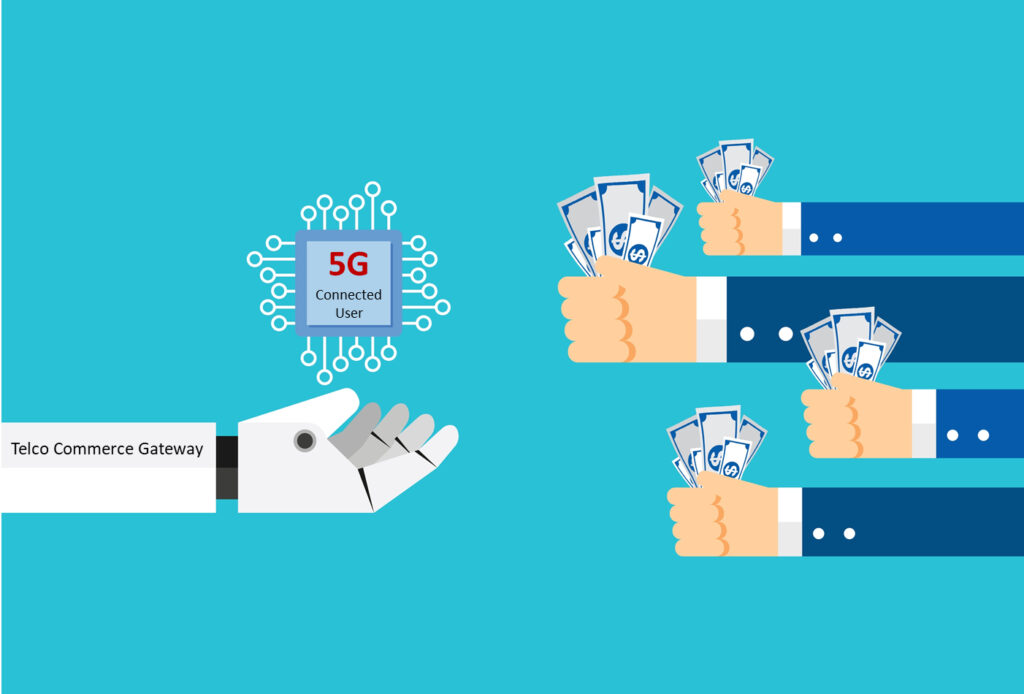Kate O’Flaherty writes that the tremors are being felt across mobile devices, networks and infrastructure
Russia’s invasion of Ukraine is already having a wide-reaching and global impact on the telecoms market. Unsurprisingly, sanctions have hit the Russian market hard as firms such as Apple, Nokia and Ericsson pull out of the country.
Globally, market growth already affected by the last two years of Covid-19 will be further compounded by the war, analysts predict.
The mobile phone market will grow 4% compared to last year according to CCS Insight. This is much lower than expected before the war, and comes after an already weak 2021, says Marina Koytcheva, VP of Forecasting at CCS Insight.
Other analysts expect the Russia-Ukraine conflict to fuel an even harsher downturn. Strategy Analytics has predicted global smartphone shipments to grow by just 1% in 2022 due to the war. However, growth will improve to 3% in 2023, the analyst says.
Mobile phone shortages is another risk due to supply of materials such as neon which is used to manufacture semi-conductors. “Around 70% of neon comes from Ukraine, and if the war continues for a long time, we will eventually see shortages,” Koytcheva says.
Devices and the supply chain
The impact on mobile devices has been felt very quickly. Ukrainian and Russian markets have been hit dramatically by slowing demand as sanctions kick in and people are displaced in Ukraine.
This will lead to a 14% year on year decline in the mobile device market in Eastern Europe, CCS Insight’s latest forecasts show. “In Ukraine, people are becoming displaced and have other things to worry about,” Koytcheva says. Meanwhile, in Russia, people are now less able to afford phones.
A significant impact will also be felt in the emerging market in central Asia, and across the ex-Soviet republic with links to the Russian economy, Koytcheva predicts.
There will also be a wider global impact on the mobile phone market through increased inflation and decreased confidence – which will weaken demand.
In Western Europe, high inflation and low confidence compounded by the Russia-Ukraine conflict will prevent the market from returning to pre-pandemic levels. Koytcheva thinks the worst impact will be felt in the lower price tiers.
“Tough times are never felt equally across society and tend to affect the mid and lower end. We could see people downgrading; they may buy a cheaper device and in emerging markets, we might see first purchases being postponed,” she says.
The supply chain will also be affected by the ongoing war, partially due to transportation constraints. “Transport was bad at the start of the pandemic but now it is even more difficult,” says Koytcheva.
For example, she says, supplies from some parts of Asia now have to navigate around Russian airspace to reach their destination.
Mobile operators in Europe
Mobile operators have responded to the war with various programmes to help Ukrainians, for example by offering free calls to and from the country.
This could result in rising fraud attempts, says Kelvin Chaffer, Development Director at Lifecycle Software. “We expect to see an increase in targeted phishing and spam messages as criminals look to exploit and disrupt the networks.”
Phishing scams are on the rise via mass-scale SMS alerts to promote fictitious campaigns to provide financial aid to Ukraine. A rise in fraud will impact mobile operators due to network bandwidth waste, increased support costs and reduced quality of service.
It’ll create more work, but in general, European and US based operators are “rather insulated” from the Russia-Ukraine conflict, says ING’s TMT Sector Strategist, Jan Frederik Slijkerman. “Major operators have no sales in the region – with the exception of VEON, which is largely exposed because it is active in Russia and Ukraine.”
At the same time, says Slijkerman, Russia is a relatively small market for smartphones compared to the US, the EU and Asia combined: “The direct impact of stopping smartphone sales to Russia is fairly immaterial for global handset vendors.
“Network equipment manufacturers may possibly see an impact on the top line in the low single digit area, but they also target global markets and have the possibility to find growth elsewhere.”
Telecoms networks
As for the networks themselves, the Ukrainian telecoms response to being invaded has been “systematic and front-footed”, says Dhana Doobay, Partner and Head of Telecoms, Media and Technology at international law firm Spencer West. “Ukraine announced a ban on Russian OTTs, blocking their assets and preventing the withdrawal of capital from Ukraine.”
Ukrainian communications networks have proved “remarkably resilient” to sustained bombardment, with availability largely being maintained, says Doobay.
This was partly due to Elon Musk’s SpaceX, which sent thousands of Starlink satellite internet dishes to Ukraine. The Ukrainian telecoms regulator also temporarily released spare radio frequencies to mobile phone networks in order to relieve congestion on their services.
Doobay credits “a progressive digital transformation minister and Ukrainian regulator, which mounted immediate initiatives to limit the impact of the war”.
Yet despite this initial success, the global telecoms industry should remain on high alert: Experts predict an increasing cyber security risk as the conflict continues.
For example, says Doobay, there is a risk of attack on international submarine cables by Russia. “There could also be a knock-on impact on global communications connectivity, which can’t be ignored. It is a real threat as a post-war reinforcement of its powerplay.”














